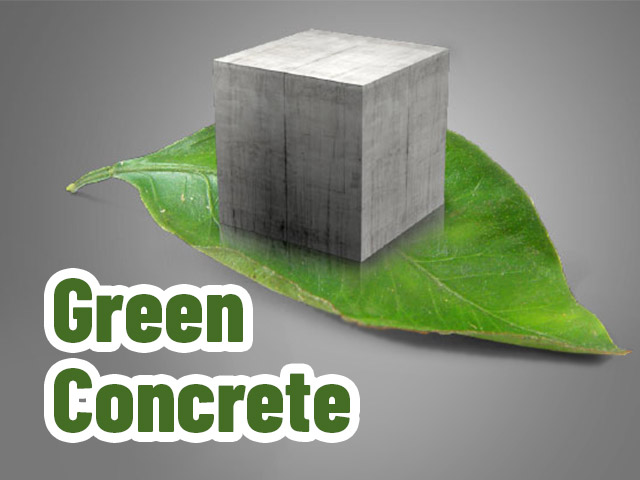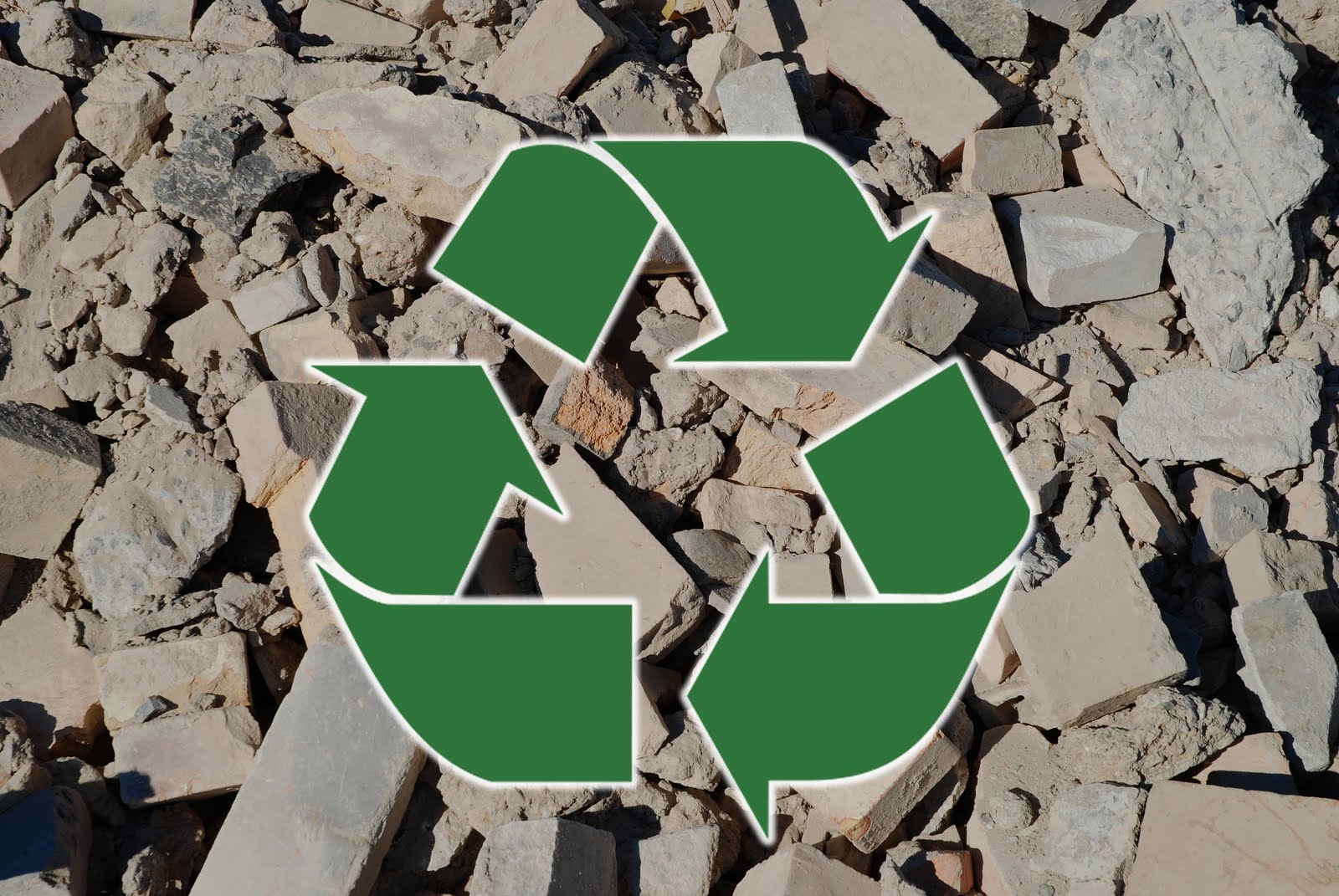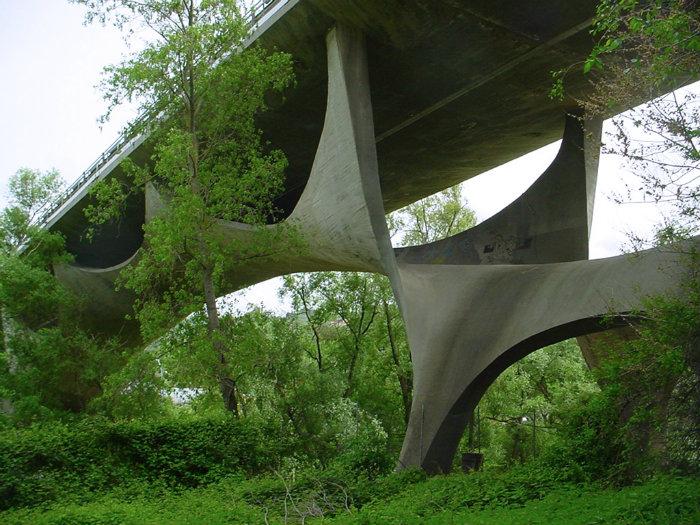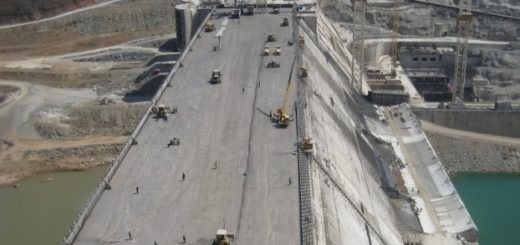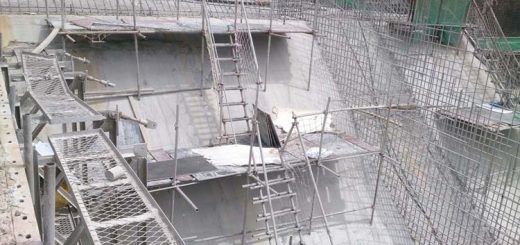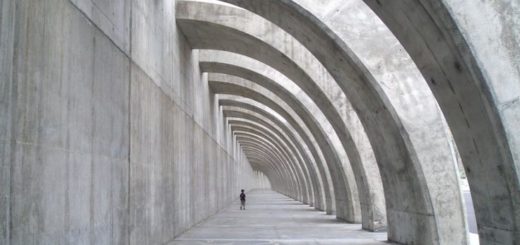Green Concrete for Sustainable Construction Approach
Engineers are constantly looking for innovative ways to strengthen the built environment and reduce the environmental impact of construction projects. In recent years, green concrete has emerged as an exciting new possibility, offering an eco-friendly material that can help meet these goals. This blog article explores the potential of green concrete to revolutionize the building industry and how engineers can take advantage of this unique material.
Cement production accounts for eight to ten percent of global CO2 emissions. When limestone and clays are crushed and heated to high temperatures, the global warming gas is emitted.
What is Green Concrete?
Green concrete is the type of concrete that is having at least one component made of waste, a production process that does not harm the environment, high performance, and life cycle sustainability.
Green concrete is a type of concrete that is made with sustainable materials and is designed to reduce the environmental impact of construction projects. This material is made with a variety of sustainable materials, including recycled glass, fly ash, and blast furnace slag. Green concrete can also be made with alternative cements, such as those made from rice husks or other agricultural waste products.
The use of green concrete can help reduce the carbon footprint of construction projects and make them more sustainable. This material has a number of other benefits as well, including improved durability and resistance to weathering. Green concrete can also be made to order, meaning that it can be customized to the specific needs of a particular project.
Types of Materis Used
Fly Ash
The most common way to use fly ash for green concrete production is through its use as a binder for concrete. Fly ash has been used in this way since the 1960s and continues to be popular among builders today because it allows them to make products with higher strength and durability than traditional concrete.
There are other ways that builders can incorporate fly ash into their projects, including using it as a filler ingredient or making it available as an additive at certain percentages depending on the project needs.
The use of fly ash in green construction materials has become more popular because it helps reduce the carbon footprint of both new and existing buildings. This is due to its ability to absorb water when mixed with cement and form a stronger bond between aggregate particles than natural aggregates such as sand or gravel.
Blast Furnace Slag
Blast furnace slag is a byproduct of the steelmaking process. It is a fine-grained, high-silica, highly calcareous material that contains a large amount of iron oxide.
The use of blast furnace slag in concrete is becoming more common as the technology for making green concrete has improved. Blast furnace slag produces a very strong, durable and eco-friendly concrete that can be used for roads, buildings and bridges.
Silica Fume
Silica fume is a high purity silica powder used for production of concrete. The silica fume is produced by dry distillation of the raw materials from coal, oil, or shale. Silica fume has a higher purity than industrial grade silica and can be used to produce concrete that has a lower CEC value.
The silica fume process involves heating the raw materials under pressure to produce a highly purified solid that can be used in the production of concrete. Silica fume creates better binding between cement and sand and improves the strength and durability of the finished concrete product.
Rice Husk Ash
Rice Husk Ash is a product with high ecological and economic value. It is a green building material with low production cost and can be used in construction projects. Rice Husk Ash can be used to produce concrete, bricks and tiles. Rice Husk Ash has good thermal properties, and it is not combustible. Rice Husk Ash can provide a good insulation effect when mixed with other materials such as cement, sand, gravel and water.
Recycle Concrete Aggregate
Concrete recycling is a process that reclaims waste concrete from demolition sites and other sources to turn it into new construction materials. Recycling of concrete aggregate is a well-established practice in the building industry, but it has not been widely used as a means to reduce carbon emissions from cement production. This is because the supply chain for recycled aggregates is not yet fully developed. However, with the increasing demand for sustainable construction materials, there is now more incentive for producers to find ways to recycle aggregates.
Waste Plastic
Waste plastic is nonbiodegradable and can replace up to 20% of the usual aggregate in concrete while also making it lighter. Concrete with plastic aggregate, however, is less brittle and fireproof. Despite being less strong than regular concrete, concrete with this substitution can still be utilized for nonstructural applications including sidewalks, highway medians, and highway pavement sub-bases. Additionally, ground-up PET particles can be used in place of sand.
How Can Engineers Use Green Concrete?
Engineers can use green concrete in a variety of ways to make construction projects more sustainable. One way to do this is to use green concrete as a replacement for traditional concrete in construction projects. This can be done in both new construction and renovation projects. Using green concrete in construction can help reduce the overall carbon footprint of the project and make it more environmentally friendly.
The main components of green concrete are recycled materials, fly ash and cement. These materials are mixed in with water to create a concrete mixture that has the same strength and durability as traditional concrete mixes. Because green concrete can be used in place of traditional concrete, it’s ideal for existing construction projects.
Green concrete is also lighter than traditional concrete, which makes it easier to install on rooftops or in other places where heavy loads would be difficult to place or move. Using the material for infrastructure projects is an especially good idea since California is currently facing a drought, and reducing the amount of water needed for construction will help conserve natural resources.
This will allow for a more efficient way to incorporate green and recycled materials into existing projects. Green concrete is an emerging technology that could revolutionize the world of construction. As the name suggests, it is made using recycled materials, such as rubber tires or plastic bottles. The use of these materials not only cuts down on waste, but it also makes the resulting cement stronger and more durable than traditional concrete.
Concrete is one of the most popular building materials in North America. It’s cheap, widely available and easy to work with. Unfortunately, it’s also one of the least environmentally friendly construction materials out there. Its production releases large amounts of carbon dioxide into the atmosphere; in fact, making just one tonne of cement produces approximately 1.7 tonnes of CO . This means that if every person in Canada (about 36 million people) consumed 1 tonne each year, we’d need enough cement to fill 70 Olympic-sized swimming pools!
Green concrete can help us reduce our impact on the environment because it uses fewer fossil fuels during its production process. It also reduces air pollution because it doesn’t require any harmful chemical additives during its mixing process. There are many ways for engineers to use green concrete in their projects; here are some examples:
Hydraulic cement, more commonly known as concrete, is a material used in construction to construct large buildings and other structures. Conventional cement manufacturing produces large amounts of carbon dioxide (CO2), a greenhouse gas that contributes to global climate change. Green concrete can reduce the amount of CO2 released into the atmosphere during manufacturing because it uses alternatives such as fly ash — waste produced by coal-fueled power plants — to replace traditional cement. The goal of green concrete is not only to reduce the amount of CO2 emitted but also to develop an environmentally friendly product that can be used in the same way as conventional concrete.
Green concrete is often used in both new construction projects as well as retrofitting existing structures. One of the primary reasons for this is because it provides an excellent insulating material that helps to reduce heating and cooling costs. Green concrete also has a much lower carbon footprint than traditional concrete. It doesn’t require any heat from the production process and has a porous texture that allows moisture to dissipate into the ground instead of becoming trapped.
Advantages of Green Concrete
- It is a sustainable construction material and reduce the carbon footprint.
- Minimal pollution
- Reduce the material wastages
- Green concrete can be considered as economical
Disadvantages
- Low compressive strength
- There are difficulties in finding the amounts of materials as required.
- Extra effort may be required based on the type of material used.
- Water abortion may be high

